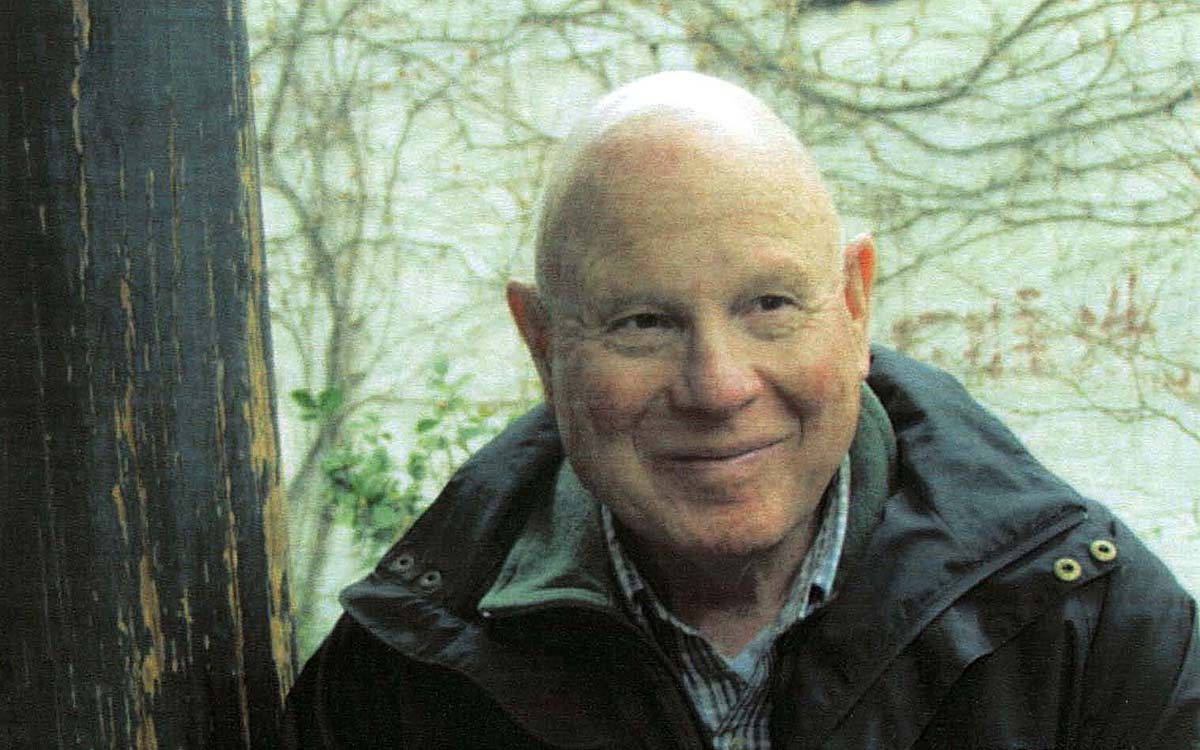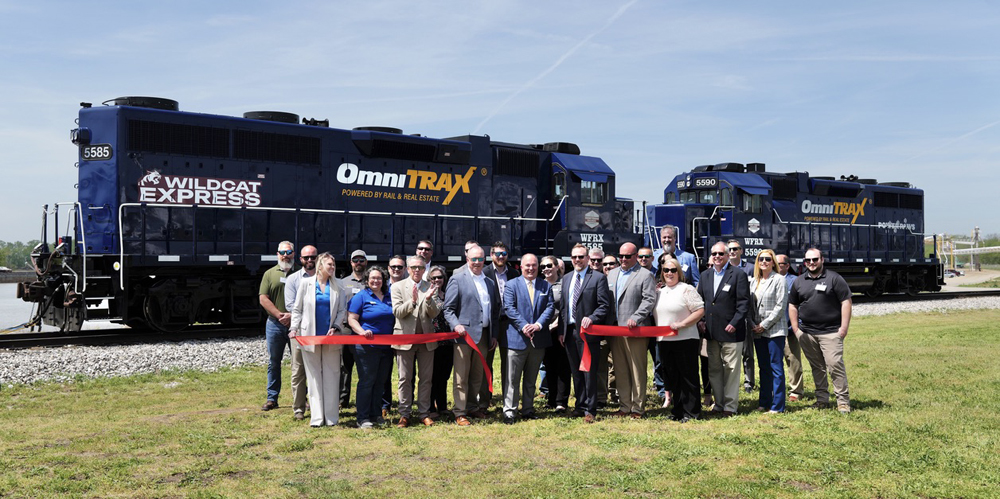PALO ALTO, Calif. – John H. Williams, president of the Northwestern Pacific Railroad and The Woodside Consulting Group, and former chairman of the Dakota, Minnesota & Eastern Railroad, died this month of complications from Parkinson’s disease. He was 78.
Williams’ railroad interests can be traced to childhood. His wife Linda recalled that his mother swore he was regularly going AWOL to the closest railroad tracks to watch the trains by the time he was 4 years old, and no punishment she could devise dissuaded him. He also got summer jobs at railroads as soon as he was old enough.
Williams was a graduate of the University of Illinois with both a B.A. and an M.B.A degree in Finance and Transportation. “He had a professor (Bill Hay in the Civil Engineering Department) who was particularly eager to help John be interested and knowledgeable about transportation” said Judy Ahoe, Williams’ long-time executive assistant. “He was just a remarkable professor.” He also met his future wife Linda while in college, and she recalled that Hay nurtured and honed his passion. “When John was in grad school and I was an undergrad we attended Bill’s regular Friday afternoon railroad lectures. Bill and John remained friends for the rest of Bill’s life, and we saw him regularly when we visited John’s family in Urbana,” she said.
Williams’ specialty was railroad planning and research. He had a long career in railroading which began in 1963 when he went to work for Southern Pacific as a transportation analyst in the Bureau of Transportation Research. A year later he was transferred to the design team for the Total Operations Processing System (“TOPS”) project, a real-time, computerized information system for planning, controlling, and evaluating railroad operations which was subsequently adopted by numerous other carriers.
In 1966, he moved to SP’s operating department as a brakeman on the Western Division and then assistant trainmaster in El Centro, Calif. In 1967, he was promoted to trainmaster at Lordsburg, N.M., supervising SP operations between Tucson, Ariz., and El Paso, Texas.
In 1968, Williams was granted a 3-year leave of absence to join the Department of Transportation’s newly formed Federal Railroad Administration in Washington. As a transportation specialist in the Office of Policy and Planning, he provided economic and operational analyses, and evaluated, proposed, and assisted in the development of various public policies affecting railroads. He specialized in rail network restructuring where he developed FRA’s first rail network model and mergers, freight car supply, and other rail operational issues, in addition to formulating FRA’s economic research and development program.
He returned to SP in 1972 as a special assistant in the Executive Department, with responsibility for coordinating the preparation of the company’s 10-year financial plan. Later that year he became manager of the Bureau of Transportation Research, responsible for analyses of commodity and route profitability, cost-of-service calculations, evaluations of possible line abandonments, and analyses of prospective investments and acquisitions. Williams department also was responsible for presentations before regulatory authorities; he appeared before the Interstate Commerce Commission several times. In 1977, he was promoted to assistant to the vice president in SP’s Executive Department.
In 1980 Williams moved to Conrail, becoming assistant vice president of strategic analysis. He reported directly to Conrail Chairman Edward G. Jordan and focused on mergers and acquisitions. He directed the preparation of Conrail’s position on the Norfolk Southern merger and testified before the Interstate Commerce Commission in that case. He also prepared Conrail’s merger studies and policy positions in the Union Pacific/Missouri Pacific/Western Pacific merger case.
In October 1983, Williams became president of The Woodside Consulting Group Inc., which provides transportation consulting services to public agencies and private sector clients dealing primarily with railroad transportation issues. Among his Woodside clients were the California Public Utilities Commission, California Department of Transportation, and Kansas City Southern.
Under Williams the Woodside Consulting Group undertook more than three dozen regional railroad analyses. He appraised the business plans of Buffalo & Pittsburgh; Chicago, Missouri & Western; Chicago South Shore & South Bend; Dakota, Minnesota & Eastern; Illinois Central; MidSouth Rail; Montana Rail Link; Wisconsin Central; and Wheeling & Lake Erie. He also served on a part-time basis as chairman of the board of DM&E.
Since October 2006, Williams has been president and owner of the Northwestern Pacific Railroad, a 61-mile long short line operating in Northern California.
Ahoe recalled that Williams assessed the business plans of the Eurotunnel, and told the company it would go bankrupt. “They told him he was crazy and booted him out of the country,” Ahoe said. But Williams was correct — since its beginning, the company was dogged with financial issues and did declare bankruptcy.
When the Conrail breakup was on the horizon, Williams got a call from Norfolk Southern’s Jim McClellan. Like Williams, McClellan had a long career with several railroads working in strategic planning, mergers and acquisitions. “Jim said he wanted to find the smartest people in the business to help him. John and Judy (Judith H. Roberts, vice president of the Woodside Group) worked on that for quite some time,” Judy Ahoe said. A couple of years later, Woodside was brought back for a post-implementation critical review, assessment, and recommendations for Conrail Shared Assets. When McClellan retired from Norfolk Southern, Williams brought him to Woodside as a vice president. McClellan died in 2016.
Williams is survived by his wife Linda, two sons, and four grandchildren.
— Updated Dec. 26 to correct attribution of one quote and the Woodside Consulting Group’s role with Conrail Shared Assets.















Wow! What a life story. He had his hand in so many facets of railroading.